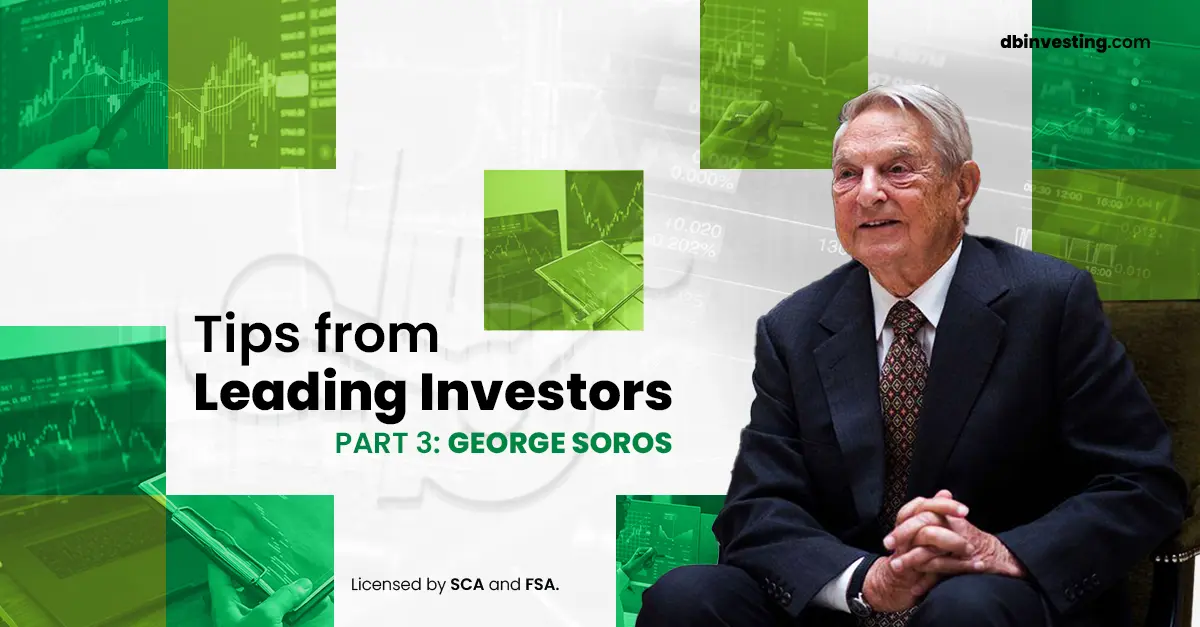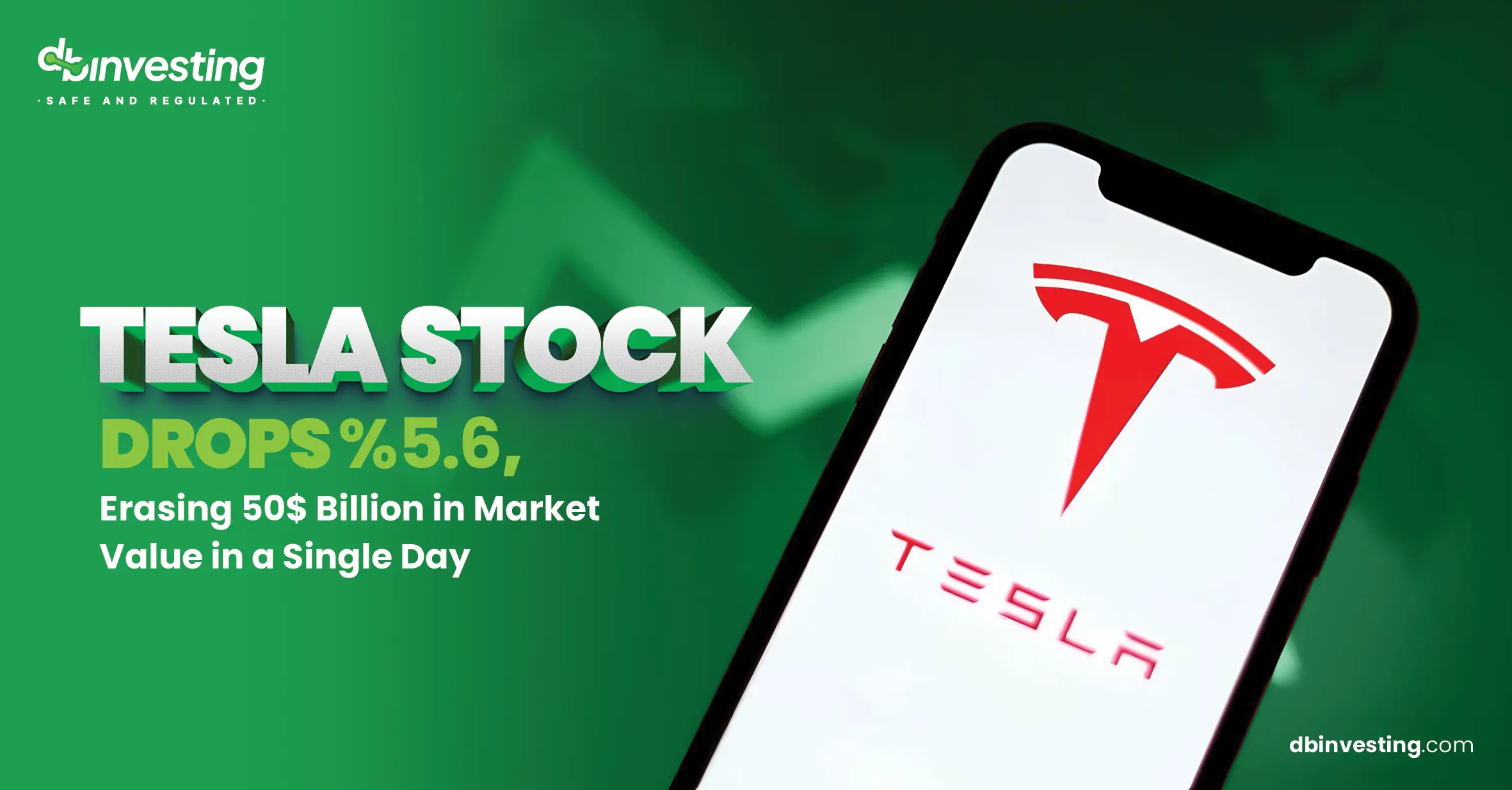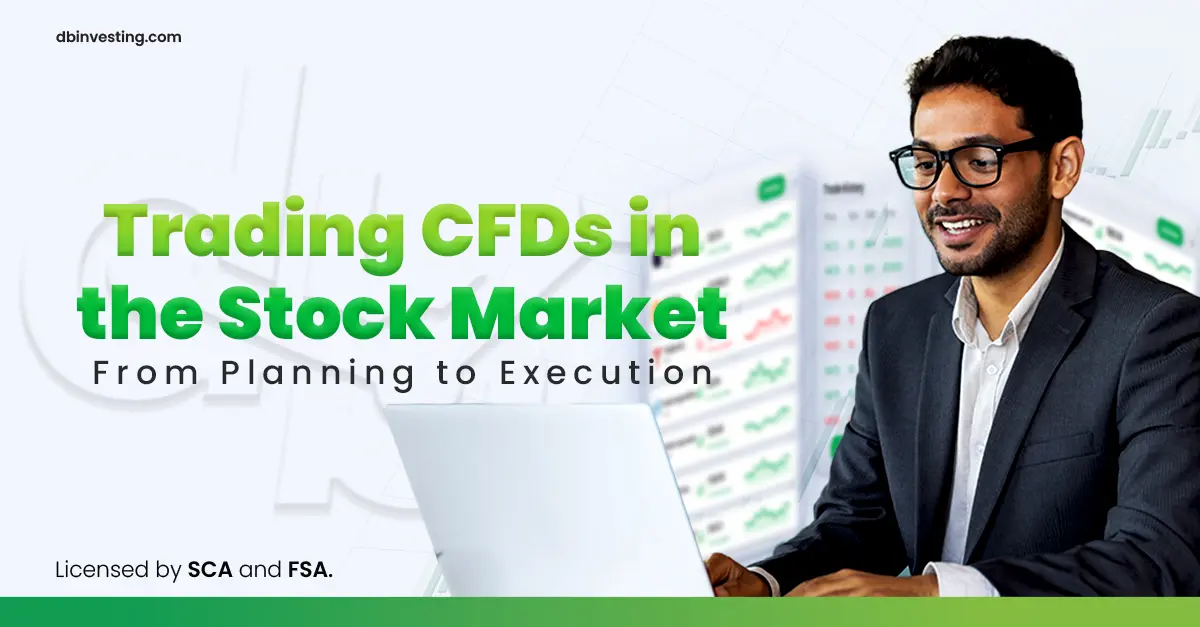Part 3: George Soros
Who is George Soros?
George Soros is one of the greatest and most controversial investors in the world. He is known as “the man who broke the Bank of England” after making huge profits by speculating against the British pound during the 1992 currency crisis.
Born in Hungary in 1930, Soros emigrated to Britain after World War II, where he studied philosophy at the London School of Economics. His financial career began when he joined the banking sector, later founding the Soros Fund, which eventually became the Quantum Fund, one of the most successful hedge funds in history.
Soros blends his economic knowledge with a deep understanding of human behavior, making him a unique investor with the ability to make bold decisions even in the toughest circumstances.
George Soros’ Wealth
Soros’ net worth is currently estimated at around $8.6 billion, according to Forbes. Over the course of his investment career, Soros has achieved stunning profits through his analytical and daring strategies, particularly in currency and emerging markets. One of his most notable financial achievements was making a billion-dollar profit in a single day after his big bet against the British pound.
But Soros is not just an investor; he is also a prominent philanthropist who has donated over $32 billion of his fortune to support education, human rights, and freedom of expression through his Open Society Foundations.
Key Investment and Financial Success Tips from George Soros
George Soros is known for his investment acumen, his boldness in decision-making, and his ability to read markets in a unique way. Here are some of his key tips:
- Know When You’re Wrong and Learn from It
Soros says, “I am rich because I know when I am wrong.” One of Soros’ key skills is his ability to quickly admit when he is wrong and to correct it before the losses escalate. This advice emphasizes that flexibility and the ability to adjust strategies based on changing circumstances are key to success in investing. - Take Advantage of Imbalances in the Markets
Soros believes that markets are not always rational, and that bubbles and crises create opportunities for savvy investors. He says, “Markets tend to be wrong frequently, and you have to take advantage of those mistakes.” His deep understanding of this principle allowed him to make huge profits by speculating on currencies and stocks. - Be Bold in Decision-Making
Soros has always been bold in his investment bets and stresses the importance of confidence when making major decisions. His famous quote, “You don’t have to be right all the time, but when you’re right, make it count,” summarizes his philosophy of investing large amounts when he is confident in his analysis. - Understand the Relationship Between Economics and Human Behavior
One of the pillars of Soros’ philosophy is his deep understanding of human behavior and its impact on markets. He says, “Markets are driven by expectations and illusions, not just facts.” This understanding allowed him to predict market movements and profit from its fluctuations. - Focus on Risk Management
Soros always emphasizes the importance of protecting capital. His advice is: “Surviving is more important than making money.” He sees risk management as the foundation of success in investing, even if that means missing out on certain opportunities.
George Soros is not just an ordinary investor; he is a model of boldness, intelligence, and the ability to turn crises into opportunities.
Following his advice, such as accepting mistakes, seizing opportunities, and focusing on risk management, can help you improve your investment strategies.
“Learn from the markets and from yourself and be ready to make decisions when the opportunity arises” – this is Soros’ philosophy that led him to success.
2. Take Advantage of Imbalances in the Markets
Soros believes that markets are not always rational, and that bubbles and crises
create opportunities for savvy investors. He says, “Markets tend to be wrong
frequently, and you have to take advantage of those mistakes.” His deep
understanding of this principle allowed him to make huge profits by speculating
on currencies and stocks.
3. Be Bold in Decision-Making
Soros has always been bold in his investment bets and stresses the importance
of confidence when making major decisions. His famous quote, “You don’t have
to be right all the time, but when you’re right, make it count,” summarizes his
philosophy of investing large amounts when he is confident in his analysis.
4. Understand the Relationship Between Economics and Human Behavior
One of the pillars of Soros’ philosophy is his deep understanding of human
behavior and its impact on markets. He says, “Markets are driven by
expectations and illusions, not just facts.” This understanding allowed him to
predict market movements and profit from its fluctuations.
5. Focus on Risk Management
Soros always emphasizes the importance of protecting capital. His advice is:
“Surviving is more important than making money.” He sees risk management as
the foundation of success in investing, even if that means missing out on certain
opportunities.
George Soros is not just an ordinary investor; he is a model of boldness, intelligence,
and the ability to turn crises into opportunities.
Following his advice, such as accepting mistakes, seizing opportunities, and focusing
on risk management, can help you improve your investment strategies.
“Learn from the markets and from yourself and be ready to make decisions when
the opportunity arises” – this is Soros’ philosophy that led him to success


